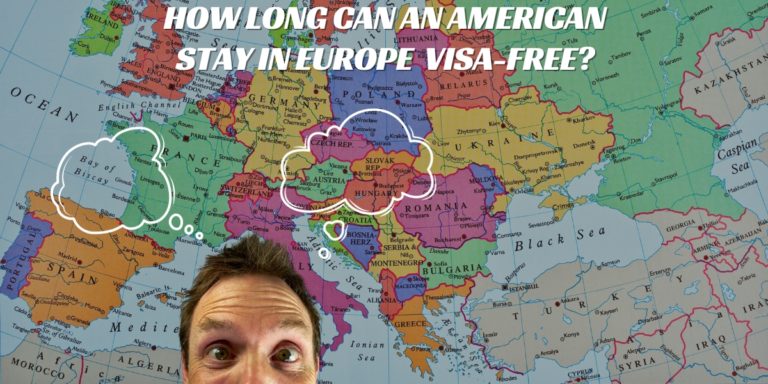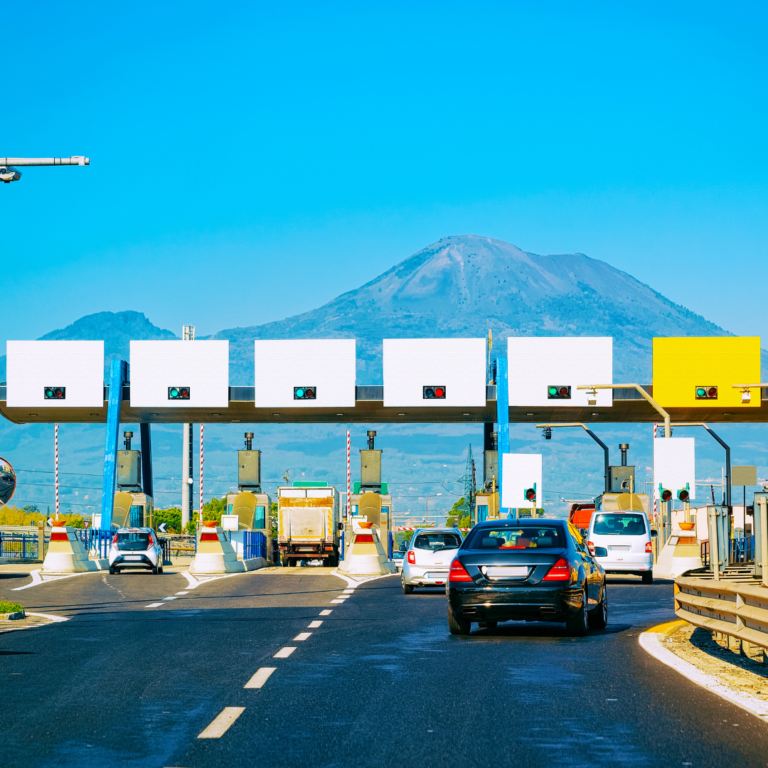Navigating Non-Schengen Countries in Europe: What You Need to Know
Europe beckons with its captivating blend of history, art, and natural beauty. For the avid traveller, understanding the nuances of visa-free travel, especially concerning the Schengen Zone, is essential.
While the Schengen Area encompasses 26 European nations, several countries lie outside this boundary. Recognizing these Non-Schengen countries in Europe and their significance can be your passport to a longer, hassle-free European sojourn.
So, we will explore the benefits of Bilateral Visa Waiver Agreements, which offer tailored opportunities for longer, hassle-free visits to these non-Schengen destinations. Buckle up, everyone!
The Importance Of Schengen Knowledge For Visa-Free Travel
The Schengen Area offers the luxury of borderless travel, allowing tourists to journey across member countries without multiple visa hassles. However, there’s a limitation: most passport holders can only stay for 90 days within a 180-day window.
This is where the non-Schengen countries become traveller’s best friends. Venturing into one can help “refresh” your Schengen stay duration, paving the way for a more extended European exploration.
Bilateral Visa Waiver Agreements
Bilateral visa waiver agreements are deals between two countries that let their citizens visit each other without needing a visa for short trips. These agreements make travel easier, boost business and cultural ties, and improve diplomatic relationships.
How These Agreements Complement Schengen Visas?
Bilateral travel agreements complement Schengen visas by offering specific benefits that enhance travel plans.
While a Schengen visa allows for travel across 26 European countries, these agreements focus on individual countries outside the Schengen zone, making it easier to get there.
They often allow longer stays beyond the usual 90 days in a six-month period and enable multiple entries within a year without needing a new visa each time. Additionally, they provide easier access to countries that typically have more stringent travel permit requirements, simplifying the travel process.
Advantages of Bilateral Visa Waiver Agreements
The said travel agreements can be very useful if you’re interested in exploring non-Schengen countries in Europe. They can simplify the travel process compared to applying for a Schengen visa.
- Simpler Process: With these agreements, there’s no need to apply for a visa beforehand, which saves both time and money. The hassle-free entry makes travel spontaneous and straightforward.
- More Frequent Visits: Depending on the specific agreement, you might be allowed multiple entries within a year, offering more flexibility than the Schengen Area’s limit of 90 days within 180 days. This is perfect for those who want to make frequent trips, whether for business, family visits, or leisure.
- Longer Stays: Some agreements allow longer stays than the typical maximum of 90 days in the Schengen Area. This is beneficial if you want to spend more period of time in the chosen country, whether to enjoy a longer vacation, partake in cultural immersion, or engage in extended business activities.
- Reduction in Travel Bureaucracy and Costs: Eliminating the need for a visa application significantly cuts down on paperwork and reduces travel expenses.
You avoid visa fees and the sometimes hidden costs of the visa process, such as travel for consulate visits or document preparation. This makes travelling not only easier but also more economical.
Why Choose Bilateral Agreements for Traveling to Non-Schengen Countries?
Travelling to non-Schengen countries in Europe through bilateral agreements offers a tailored experience.
Not bound by the Schengen Area’s rules, these countries can negotiate agreements specifically suited to their visitors’ needs and the bilateral relationship dynamics.
Such agreements can significantly enhance travel ease and enjoyment for travellers looking to explore these unique destinations.
How to Use Bilateral Visa Waiver Agreements?
Before you travel:
- Research the agreement: Identify the countries involved in the agreement that are relevant to your trip.
- Check eligibility: Not all nationalities are included in every agreement. Ensure your passport qualifies for the visa policies and waiver.
- Understand the terms: Find details like the permitted duration of stay, the allowed number of entries within a period, and any limitations on activities (e.g., only for tourism).
- Confirm requirements: Some agreements might require documentation like proof of onward travel or sufficient funds. Check the embassy or consulate of the country you’re visiting for specifics.
Using the agreement:
- No formal application: Unlike a visa, you typically don’t need a formal application process.
- Travel documents: Ensure you have a valid passport with sufficient validity (usually 6 months beyond your stay) and any required documentation as per the agreement.
- Arrival process: At immigration, present your passport and inform the officer you’re entering under the said agreement. They might ask about your travel plans or supporting documents.
Here are some additional tips:
- Plan your itinerary: Bilateral agreements usually restrict travel to the specific countries involved.
- Double-check entry requirements: Even with a visa waiver, immigration officials have the final say. Ensure you meet all general entry requirements, such as health checks or vaccinations.
- Keep a copy of the agreement: Having a copy (printed or electronic) might be helpful for reference during your travels.
Visa-Free European Destinations Outside Schengen
Popular non-Schengen destinations like the United Kingdom, Ireland, and Bulgaria are often on travellers’ radars due to their tourist-friendly amenities and ease of access. However, a word to the wise: not every non-Schengen country guarantees a stamped passport upon entry or exit.
This can pose challenges when proving your Schengen stay duration. For instance, while Monaco is a non-Schengen gem, its open borders with France might not provide the exit proof you need.
Europe’s Evolving Visa-Free Landscape
Many non-Schengen countries are in the queue for EU membership. As they join the fold, they might also integrate into the Schengen Zone. With countries like Croatia inching closer to Schengen membership, staying updated on the latest in European visa-free travel dynamics is crucial.
For a more in-depth look at optimizing your visa-free stay in Europe, don’t miss our detailed guide on resetting your Schengen clock. It’s a treasure trove of information for those keen on an extended European escapade.
Drive Through Europe With CarTurf
Dreaming of a road trip through Europe’s picturesque landscapes? Consider CarTurf when purchasing and registering a vehicle before your journey. With CarTurf, you’re not just getting a car; you’re unlocking the freedom to explore Europe’s hidden corners at your own pace.
In wrapping up, Europe’s allure is undeniable. By understanding the intricacies of visa-free travel and the Schengen dynamics, you can ensure a smoother, more enriching European experience.
Here’s to endless European Union adventures and memories waiting to be made! Safe travels!






